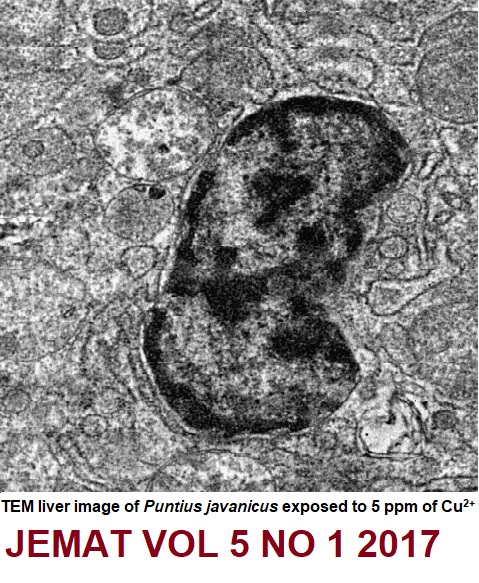Determination of the detection limit using the four-parameter logistic model for the double-antibody sandwich ELISA for the rapid detection of Bacillus cereus in food
DOI:
https://doi.org/10.54987/jemat.v5i1.415Keywords:
Bacillus cereus, sigmoidal calibration curve, sandwich ELISA, four-parameter logistic equationAbstract
Bacillus cereus is increasingly recognized as one of the major causes of food poisoning in the industrialized world. In a previous publication, a sandwich ELISA is developed for the detection of B. cereus whole cells. The curve showed a sigmoidal calibration curve, but the model used was linear. This study remodels the sigmoidal data obtained using a four-parameter logistic (4PL) equation that can cover the whole range of data obtained. The sigmoidal ELISA calibration curve was efficiently fit by the 4-PL equation. A good correlation coefficient value of 0.996 was obtained indicating good fitting. The LOD value was 5.36 x104 CFU/mL with the 95% confidence interval from 1.07x104 to 9.64x104 CFU/mL, which is about one order of magnitude less sensitive that the previously claimed LOD. The modelling exercise shows that the 4PL equation can fit the ELISA curve very well.
Downloads
Published
How to Cite
Issue
Section
License
Authors who publish with this journal agree to the following terms:
- Authors retain copyright and grant the journal right of first publication with the work simultaneously licensed under a Creative Commons Attribution License (http://creativecommons.org/licenses/by/4.0) that allows others to share the work with an acknowledgement of the work's authorship and initial publication in this journal.
- Authors are able to enter into separate, additional contractual arrangements for the non-exclusive distribution of the journal's published version of the work (e.g., post it to an institutional repository or publish it in a book), with an acknowledgement of its initial publication in this journal.
- Authors are permitted and encouraged to post their work online (e.g., in institutional repositories or on their website) prior to and during the submission process, as it can lead to productive exchanges, as well as earlier and greater citation of published work (See The Effect of Open Access).


